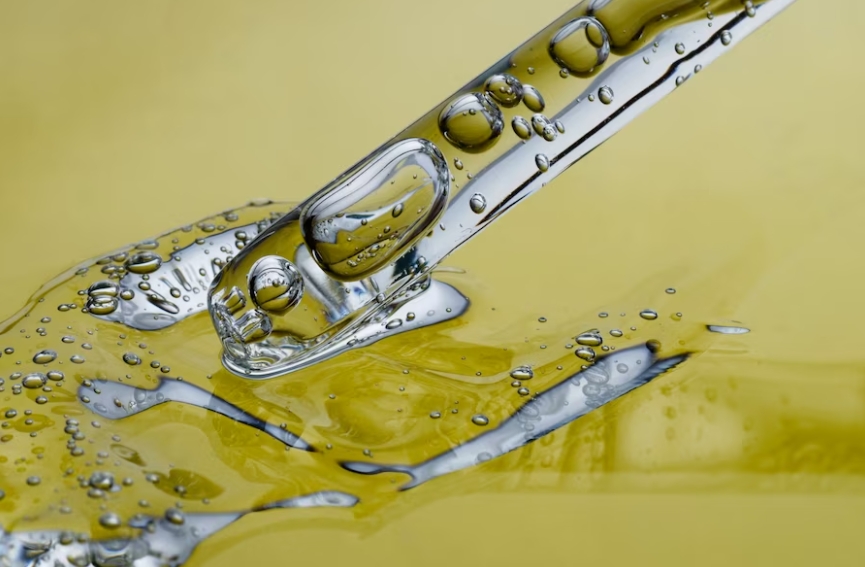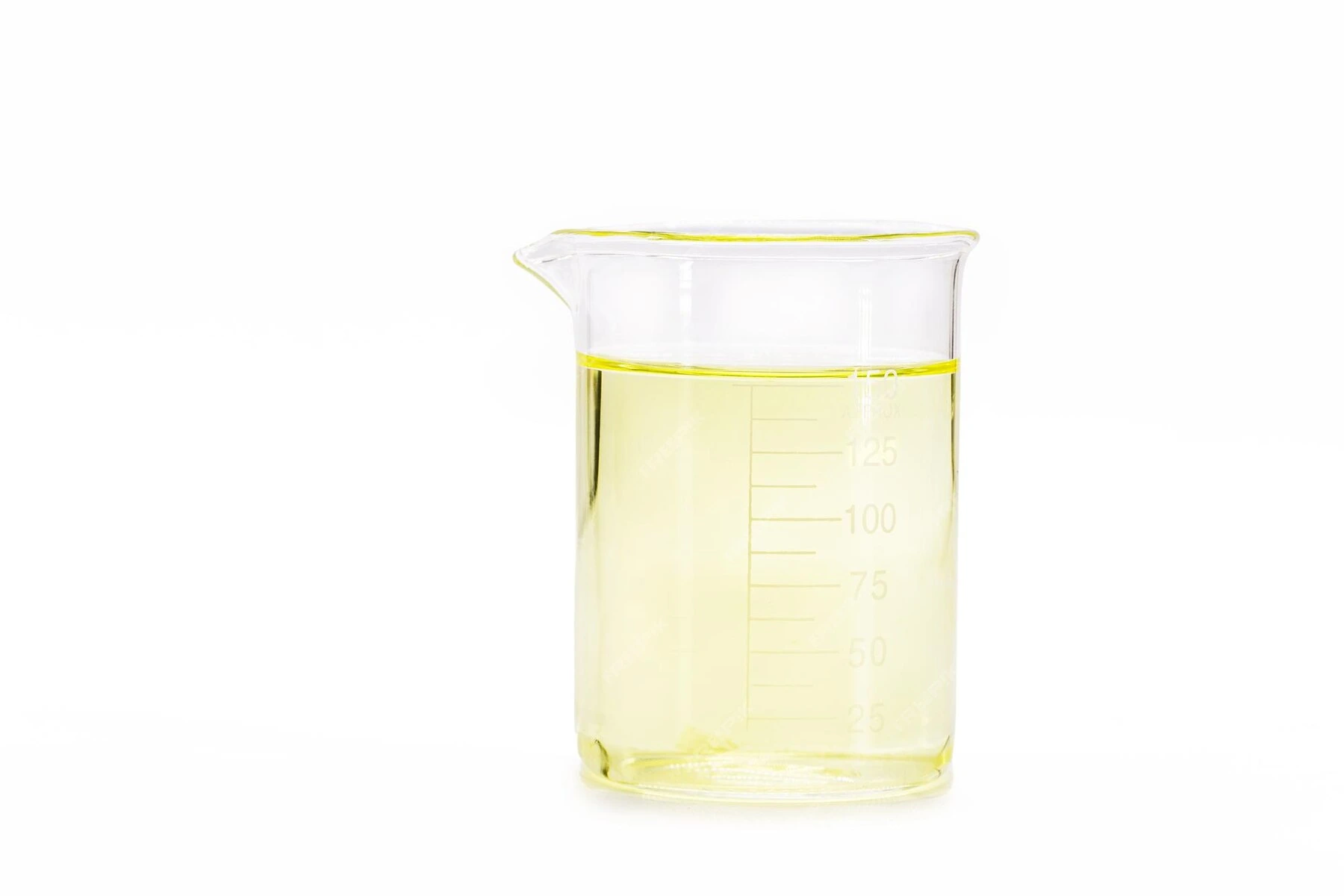大豆卵磷脂(食品级 62% ) - 巴西
|
IUPAC Name |
: 1,2-Diacyl-sn-glycero-3-phosphocholine |
|
Cas Number |
: 8002-43-5 |
|
HS Code |
: 2923.20.10 |
|
Formula |
: C44H86NO8P |
Basic Info
|
Appearance Name |
: Brown Viscous Liquid |
|
Common Names |
: Soybean Lecithin, Soya Lecithin |
|
Packaging |
: 24 MT/ISO Tank 20ft |






 英语
英语
 印尼语
印尼语
 简体字
简体字
 العربية
العربية
 西班牙语
西班牙语
 法语
法语
 葡萄牙语
葡萄牙语
 日本語
日本語
 한국어
한국어
 Tiếng Việt
Tiếng Việt
